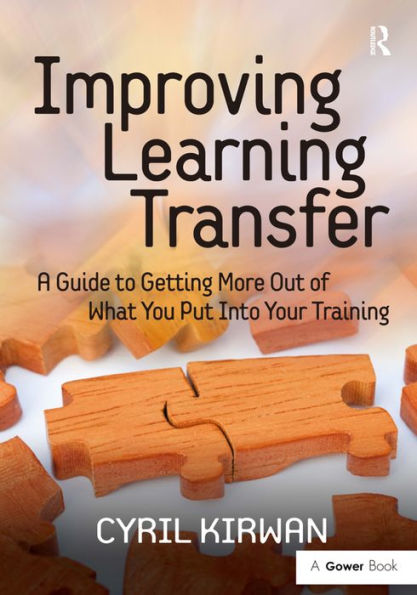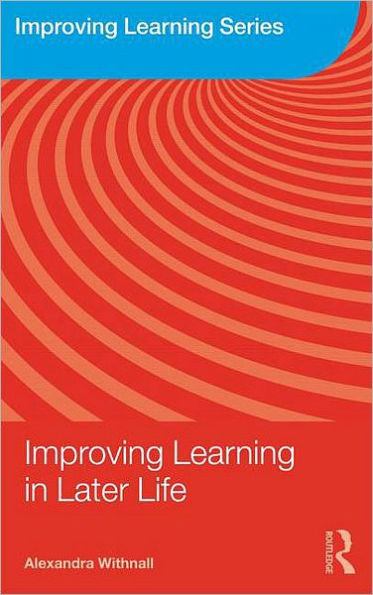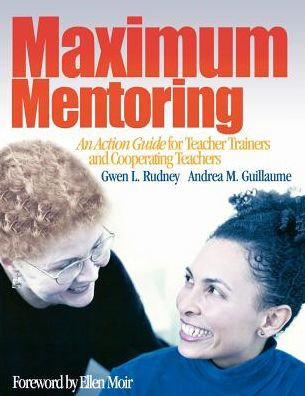Home
Improving Learning Transfer: A Guide to Getting More Out of What You Put Into Your Training / Edition 1
Loading Inventory...
Barnes and Noble
Improving Learning Transfer: A Guide to Getting More Out of What You Put Into Your Training / Edition 1
Current price: $180.00


Barnes and Noble
Improving Learning Transfer: A Guide to Getting More Out of What You Put Into Your Training / Edition 1
Current price: $180.00
Loading Inventory...
Size: OS
*Product Information may vary - to confirm product availability, pricing, and additional information please contact Barnes and Noble
In today's constantly changing business environment, capable people are crucial to an organization's success, and developing their capabilities through training, learning and development initiatives is a major investment. While measuring the return on that investment is important, attempts to do so are much less valuable if they are not accompanied by a clear understanding of all of the factors than can affect the application of new skills and knowledge on the job - in other words, a clear understanding of what affects learning transfer. So, if organisations are to remain competitive, and develop the highly skilled people that will contribute to their future performance, improving learning transfer should be a priority. Cyril Kirwan's book addresses this critical issue at a number of levels. Firstly, it explores what learning transfer actually is (it's about application of learning back at work, as well as maintenance of that learning over time). Secondly, it describes the main factors that affect transfer, in terms of trainee characteristics, training design factors, and work environment characteristics. It also examines how those factors exert their effect, which ones are more important, how they interact with one another, and in doing so constructs a practical learning transfer model for practitioners. The book also describes in some detail what the various factors working for or against learning transfer look like in practice. Finally, using case studies, it points the way towards what can be done before, during and after training to improve the rate of transfer. This highly practical book will help trainers, development specialists and line managers ensure that their training is about real outcomes and not just inputs.


















